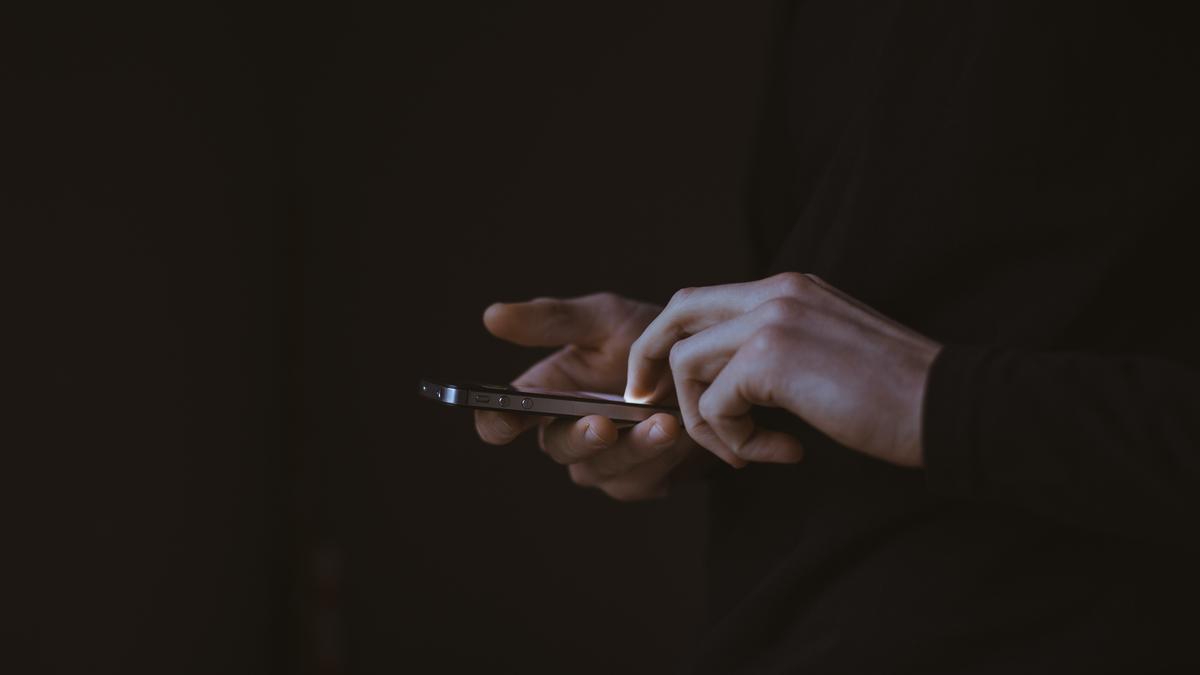
How do touchscreens work? | Explained Premium
The Hindu
Discover the history of touchscreen technology and its evolution from 1965 to today, from capacitive to resistive and beyond.
The computing power of the smartphones in our pockets have often drawn comparisons to computing machines of the mid-20th century, which themselves were powerful for their time. Our access to such a powerful technology owes itself to advances in electronics, signalling, and fabrication – but its ultimate ubiquity owes itself to a human-machine interface that has become so intuitive as to make smartphones an extension of our arms: the touchscreen.
A touchscreen is a surface that combines two functions: to receive inputs for a computer (say, tapping on an app) and to display the output (launching the app). Aside from smartphones, touchscreens are also found today on ATM machines, various household appliances (including TVs and refrigerators), e-readers, billing systems, and electronic voting machines.
By many accounts, the touchscreen was invented by an engineer named E.A. Johnson at the Royal Radar Establishment in Malvern, U.K., in 1965. In two papers he published in 1965 and 1967, Johnson set out the specifics of his invention – a capacitive device that could register being touched by a finger. In the 1967 paper, he wrote:
“The idea of the Touch Display was conceived at R.R.E. in an attempt to overcome the limitations in man-machine communications …. It was originally put forward in the context of an Air Traffic Control Data-processing System for which it has clear application, but it is felt that the arrangement has much wider application…”
The next major invention on this front was the resistive touchscreen in 1970, attributed to G. Samuel Hurst, then at the University of Kentucky. These two inventions, but the latter in particular, gave way to a stream of innovation. For example, in 1982, Nimish Mehta at the University of Toronto developed a touchscreen that could sense two touches at the same time (i.e. multitouch). In 1983, the American artist Myron Krueger reported a way to capture different hand gestures as actions on a screen. Bob Boie at Bell Labs built on Mehta’s work to develop the first transparent (capacitive) multitouch interface in 1984.
While touchscreens also came to be adapted for computer terminals that non-experts could use to interact with the machine from the early 1970s, touchscreens started to become commonplace in everyday-use with a portable email-capable device that IBM and BellSouth launched in 1993, called Simon, followed by Apple’s Newton, the Palm Pilot PDA, and other PDAs (short for personal digital assistants). In the early 2000s, engineers lead the way with wall-sized touchscreens that multiple people could interact with, even remotely; devices that could render ‘normal’ computers capable of sensing touch and gestures; early touchpads that used multitouch to bring finger movements into the virtual realm; plus various improvements to the way touchscreens worked.
Vis-a-vis consumer electronics, there were two big breakthroughs in 2007: the release of the LG Prada and the Apple iPhone, which were the first phones with touchscreens.





















 Run 3 Space | Play Space Running Game
Run 3 Space | Play Space Running Game Traffic Jam 3D | Online Racing Game
Traffic Jam 3D | Online Racing Game Duck Hunt | Play Old Classic Game
Duck Hunt | Play Old Classic Game











